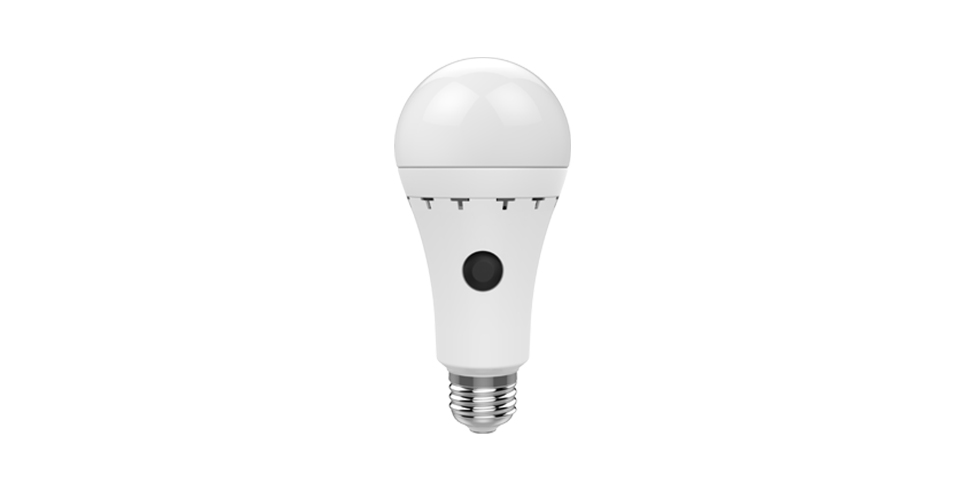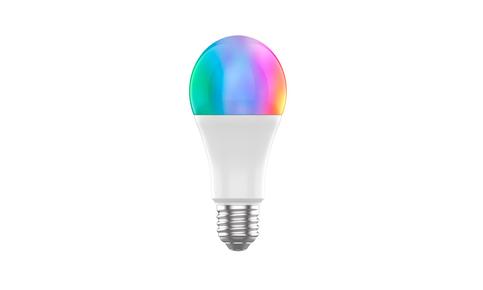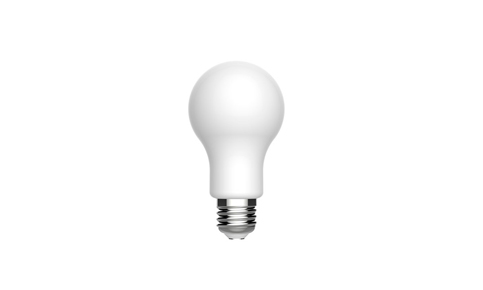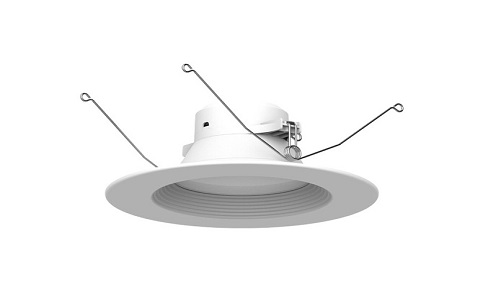
With the world's population steadily increasing, the demand for sustainable and efficient agricultural practices has become more critical than ever before. In recent years, vertical farming has emerged as a promising solution, enabling agriculture to thrive in urban settings with limited space. One of the key components that have revolutionized this farming technique is the use of plant grow lights, particularly Spectrum LED Grow Lights and Dual Spectrum LED Grow Lights. In this blog, we will delve into the role of these advanced lighting systems in vertical farming and explore their impact on enhancing crop production, reducing resource consumption, and promoting a greener future.
Vertical farming is a revolutionary concept that involves growing crops in vertically stacked layers, often in controlled indoor environments. This method eliminates the constraints of traditional agriculture, such as the need for vast land, favorable weather conditions, and excessive water usage. By optimizing resources, vertical farming offers numerous advantages, including:
Maximizing Crop Yield: Stacking multiple layers of crops allows farmers to grow more plants per square meter, significantly increasing overall crop yield.
Year-Round Cultivation: Indoor vertical farms are not affected by seasonal changes or adverse weather conditions, ensuring continuous crop production throughout the year.
Reduced Environmental Impact: Vertical farming minimizes the need for long transportation routes, pesticide use, and excessive water consumption, contributing to a more sustainable agricultural model.
Freshness and Quality: Produce from vertical farms can be delivered directly to consumers, ensuring fresher and higher-quality fruits and vegetables.
Plant grow lights play a pivotal role in vertical farming, as they serve as an artificial light source to support plant growth and photosynthesis. Spectrum LED grow light offer specific light wavelengths tailored to different growth stages, providing the ideal environment for plants to flourish. Key features include:
Full Spectrum Light: Spectrum LED Grow Lights deliver a wide range of wavelengths, closely mimicking natural sunlight. This enables plants to undergo all stages of photosynthesis efficiently, promoting healthy growth and robust yields.
Energy Efficiency: LED technology consumes significantly less energy compared to traditional lighting systems, making it a cost-effective and environmentally-friendly choice for indoor farming.
Adjustable Intensity and Color Ratios: The flexibility to adjust light intensity and color ratios allows farmers to customize lighting conditions based on specific crop requirements, maximizing growth potential.
Dual Spectrum LED Grow Lights take vertical farming to new heights by providing a perfect balance between blue and red light wavelengths. This carefully calibrated combination fosters ideal conditions for both vegetative growth and flowering or fruiting stages of plants. Key advantages include:
Increased Productivity: Dual Spectrum LED Grow Lights ensure optimal light exposure throughout the entire growth cycle, resulting in faster growth rates and higher crop yields.
Space Optimization: By eliminating the need to switch lights between growth stages, farmers can optimize vertical farm space more effectively.
Uniform Plant Growth: The even distribution of dual spectrum light ensures uniform growth across all layers, reducing the risk of plants competing for light.
In vertical farming, light spectrum management is crucial for cultivating healthy plants. Different light wavelengths have varying effects on plant physiology:
Blue Light (400-500 nm): Blue light is essential for promoting vegetative growth, including root development and leaf formation. It plays a crucial role in regulating plant size and shape.
Red Light (600-700 nm): Red light is vital during the flowering and fruiting stages of plants. It triggers the production of chlorophyll and other pigments necessary for photosynthesis.
The integration of Spectrum LED Grow Lights and Dual Spectrum Grow Light in vertical farming enhances crop quality and sustainability in several ways:
Reduced Resource Consumption: LED grow lights consume up to 75% less energy than traditional lighting, leading to significant energy savings and reduced carbon footprint.
Water Efficiency: By precisely controlling the light spectrum, plant growth can be optimized, reducing water consumption through efficient transpiration rates.
Year-Round Crop Availability: Vertical farms equipped with these advanced lighting systems can provide fresh, locally-grown produce year-round, reducing the need for long-distance transportation and cold storage.
The role of plant grow lights, especially Spectrum LED Grow Lights and Dual Spectrum LED Grow Lights, in vertical farming has revolutionized modern agriculture. These advanced lighting systems facilitate year-round cultivation, conserve resources, and boost crop yields, while simultaneously promoting sustainability and reducing the environmental impact of food production. With the growing trend of vertical farming in urban agriculture, harnessing the power of efficient and customizable plant grow lights will continue to shape a greener and more prosperous future for farming communities and consumers alike.






